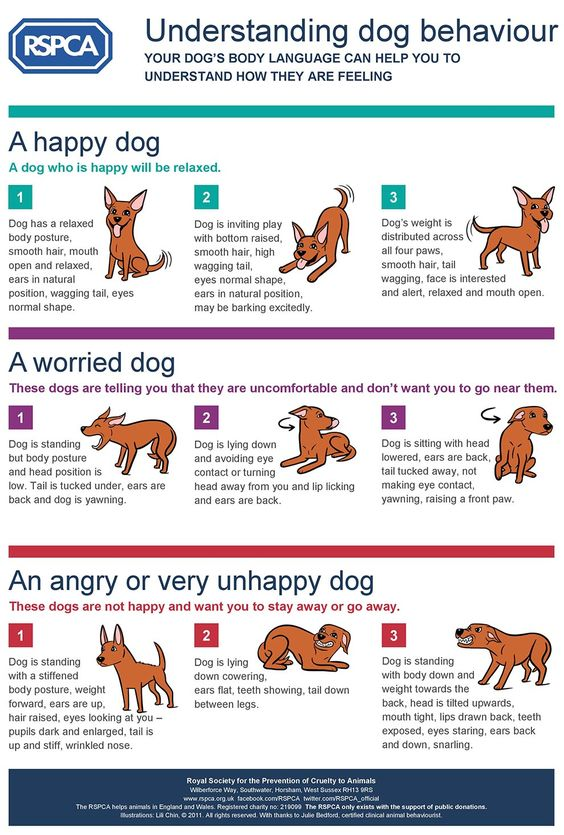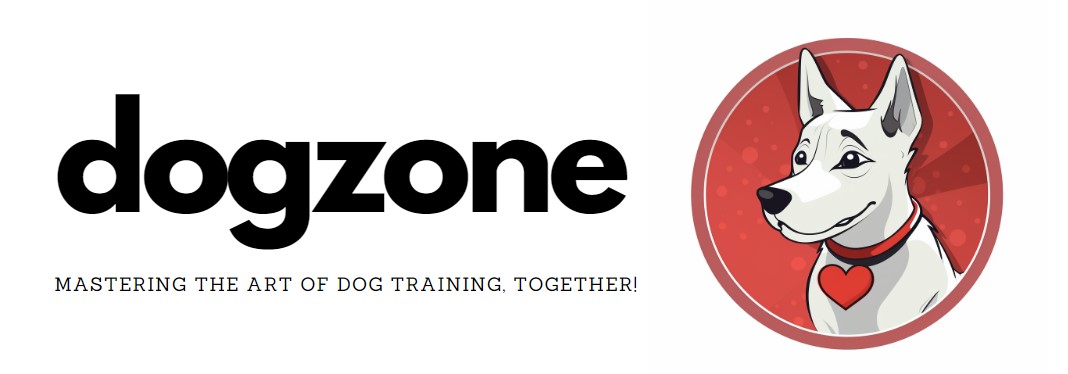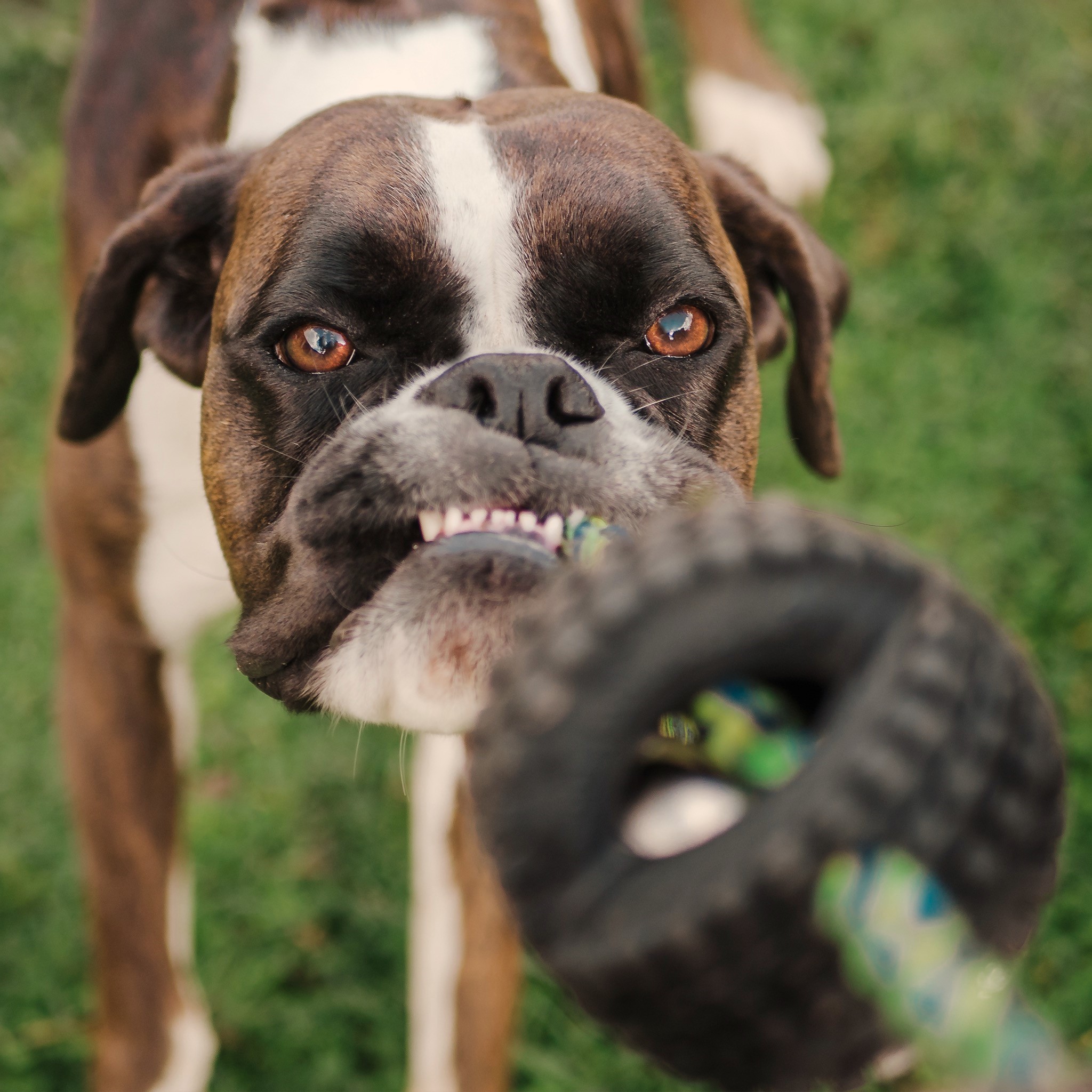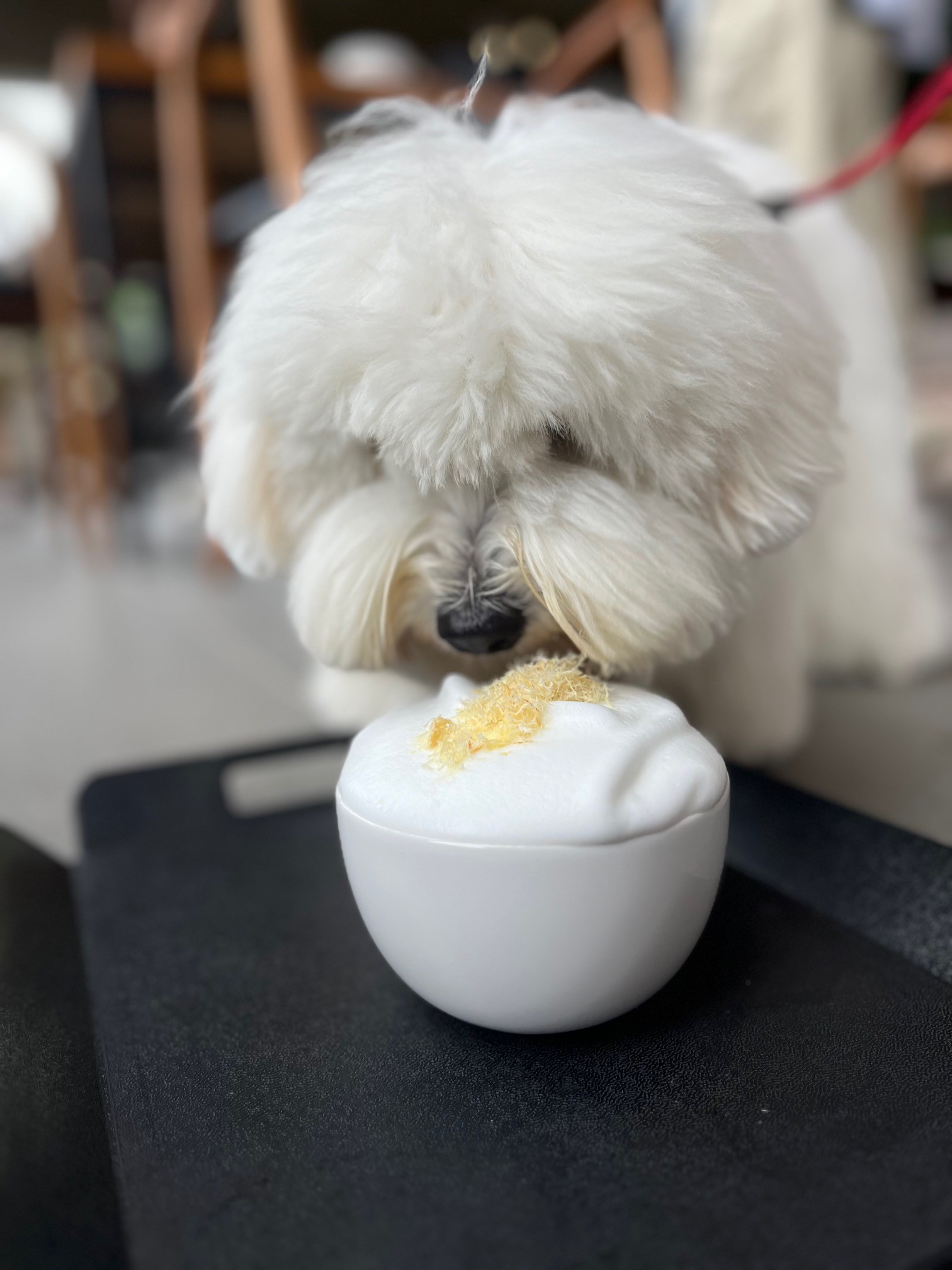Do you want to understand your dog better?
You will find amazing benefits from understanding even the basics of dog body language. You will understand your dog better, and be able help them through random encounters while out and about, at the dog park, or when they feel threatened by visitors in your home.
When dogs scrap in the park, most of the time the owner of the other dog will say “I didn’t see that coming” or “My dog doesn’t usually react that way”. We probably feel the same ourselves?
Understanding dog body language can help us prevent such awkward events occurring, so let’s cover the basics – they really help!
Why it is important to understand dog body language
If you can anticipate the reaction of your dog in any given situation you will be able forestall problems before they become much bigger issues.
The best way in which to do this is to learn to read his body language; an instinctive, subconscious movement of different parts of the body in reaction to certain situations.
Below we will learn the essentials of our dogs body language, so we can know when they are:
- Happy
- Anxious
- Fearful
- Angry
If you familiarise yourself with how these feelings are displayed through body language you will be surprised how much better you can read your dog.
Dog body language #1: A happy dog
A dog who is happy will have this emotion reflected in the whole of his body. The main frame will be relaxed, and depending on the breed, his ears will be resting on the side of his head.
His eyes will be slightly slanted and there will be an expression on his face not dissimilar to a human smile (yes – dogs can smile!). When he blinks, he will do this slowly, leaving his eyes closed for just a fraction longer than normal, and his tail will wag from side to side.
A very happy dog will wag his tail so enthusiastically he will also appear to ‘wag’ his hindquarters – I’m sure you know what I mean!
Dog body language #2: An anxious dog
If your dog is stressed or anxious he will stare unblinking toward the object of stress.
He may also appear to frown, and his ears (if it is possible with the breed) will be pricked up slightly or held tight to his head. His body is likely to be rigid, and if you try to move him he will stand “rock like” and resist.
Attempts to distract him once the stress has taken hold may prove fruitless. He may also wag his tail, which is how most dog owners misread the situation, but when anxious the tail will be held quite low with a slow and more deliberate wagging motion.
Dog body language #3: A fearful dog
There are degrees of fear in a dog.
At the lower end of the scale a dog will cower, trying to make his whole body appear smaller. His head will be held very low whilst at the same time looking up with a possible frown on his forehead and his eyes half closed, avoiding eye contact.
A fearful dog may even cower so low to the floor he will end up laying down and roll on his back in a submissive fashion.
Sometimes a fearful dog will emit a low growling sound as if he is about to attack, and if he feels a threat of attack may choose to attack first. Always be alert to your dog when they emit such a low growl.
When a dog is fearful it is likely his tail will be held very low or even tucked between his hind legs. His focus will be solely on the object that has made him fearful and it may be difficult to get his attention or even move him.
Dog body language #4: An angry dog
A dog who is angry will try and make himself look as large as possible.
The fur on his back and shoulder blades may stand on end (more noticeable on a cat) and he will stand tall and upright.
An angry dog will bare his teeth, snarling and growling, whilst making small forward movements. His eyes will be wide and unblinking and his ears may be held flat against his head.
It is very easy to mistake a fearful dog for an angry dog, and sometimes one can turn into the other in the blink of an eye. A dog will often switch from fearful to angry if they feel backed into a corner.
Never approach a dog who you believe is angry, never let your dog approach, and never try and hold eye contact to make them back down. This rarely works.
Related: Preventing and dealing with a dog attack.
Understanding dog body language, with Kristin Crestejo
Kristin Crestejo from Modern Canine Training is a professional dog trainer who emphasises the importance of the bond with our dogs having two sides. We must understand our dogs, and they must understand us.
In the following two videos Kristen discusses how to understand dog body language and learn how to read their behaviour better:
A dog body language chart
The below dog body language chart from the RSPCA offers a visual representation of the above canine behaviours, and may be useful to print:




Leave a Reply